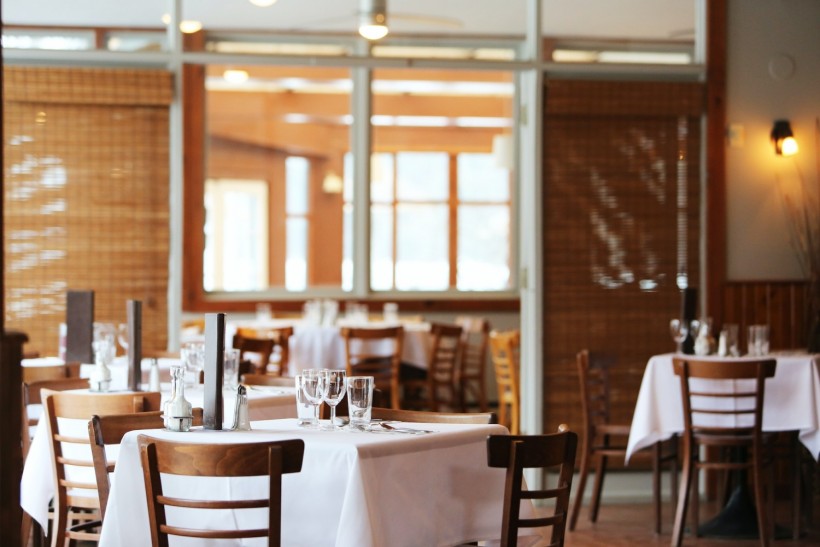The Roadmap for Running a Successful Hole-in-the-Wall Restaurant

Have you ever ventured into a dim alley or traversed a forgotten lane only to discover a bustling restaurant serving up the most delectable dishes? These hidden culinary gems, often referred to as "hole-in-the-wall" establishments, defy the odds with their impressive success, despite modest settings. But what does it take to run such a cherished locale? Let's delve into the art of managing a thriving, out-of-the-way eatery.
Crafting the Perfect Menu
Every restaurant, regardless of size, finds its heartbeat in the menu. This is where your culinary dreams take flight. But it's more than just about tantalizing the taste buds. Behind the scenes, a lot of research and refinement goes into creating a menu that's both delightful and practical. It's crucial to ensure that each dish, while mouth-watering, is also cost-effective and can be efficiently replicated during the dinner rush.
Moreover, the soul of a hole-in-the-wall restaurant lies in its authenticity. Curate a menu that reflects genuine passion and regional flavors, resonating with both locals and adventurous tourists. Remember, it's not about serving everything but about perfecting those few dishes that people will travel miles for.
Selecting the Ideal Spot
Location, as they say, is everything. While the charm of hole-in-the-wall restaurants lies in their hidden nature, it's essential to find a balance between secrecy and accessibility. Many of these establishments find homes in less-prime areas due to budget constraints. Yet, even in these zones, some spots are better than others. Look for places that, although off the beaten path, still enjoy a reasonable flow of pedestrians.
The surroundings matter, too. Is there a popular attraction nearby? Maybe a park, museum, or theater? These can be sources of foot traffic. While you might be tucked away, being in the vicinity of such places can draw in curious crowds after their main activities.
Maximizing Kitchen Space
In the culinary world, efficiency can make or break a restaurant, especially when space is at a premium. Designing a kitchen that makes the most of every square inch is paramount. For example, an upright freezer will make the most of a small kitchen. Their vertical design frees up floor space while providing an adequate amount of storage capacity.
Furthermore, think about the flow of the cooking process. Organize the kitchen in a way that ingredients move seamlessly from storage to prep areas, then to the stoves or ovens, and finally to the plating zone. This linear flow minimizes unnecessary movement, speeding up dish preparation and reducing kitchen chaos.
Building a Loyal Customer Base
Hole-in-the-wall restaurants often thrive on repeat business. With limited advertising budgets and less-than-prominent locations, building a community of loyal customers is essential. Engage with your patrons, learn their names, their favorite dishes, and any special preferences. This personal touch turns occasional diners into regulars.
Additionally, consider starting a loyalty program. Simple punch cards or digital apps that offer a free dish after a certain number of visits can incentivize repeat business. You could also encourage satisfied customers to spread the word by offering discounts for referrals.
Creating a Cozy Ambiance
One of the strengths of smaller restaurants is their ability to offer a more intimate and cozy dining experience. Capitalize on this by paying attention to the interiors. Use warm lighting, perhaps some soft background music, and comfortable seating. The idea is to make patrons feel like they've stumbled upon a secret haven.
Also, consider the restaurant's story or history. Share it on the menu, on the walls, or through the staff. This not only makes the dining experience more personal but also gives customers a narrative to share, turning them into ambassadors of your brand.
Engaging in Community Activities
Being a smaller establishment often means being a bigger part of the community. Engage with local events, sponsor neighborhood activities, or host community gatherings. This not only establishes goodwill but also increases visibility. People are more likely to patronize businesses they feel are invested in their community's well-being.
In Conclusion
Running a hole-in-the-wall restaurant comes with its own set of unique challenges. Yet, with the right strategy, these cozy corners can outshine even the most lavish dining establishments. It's about authenticity, efficiency, and building a connection with the community. Embrace the quirks and make them the strengths of your culinary venture.
Subscribe to Latin Post!
Sign up for our free newsletter for the Latest coverage!
* This is a contributed article and this content does not necessarily represent the views of latinpost.com














